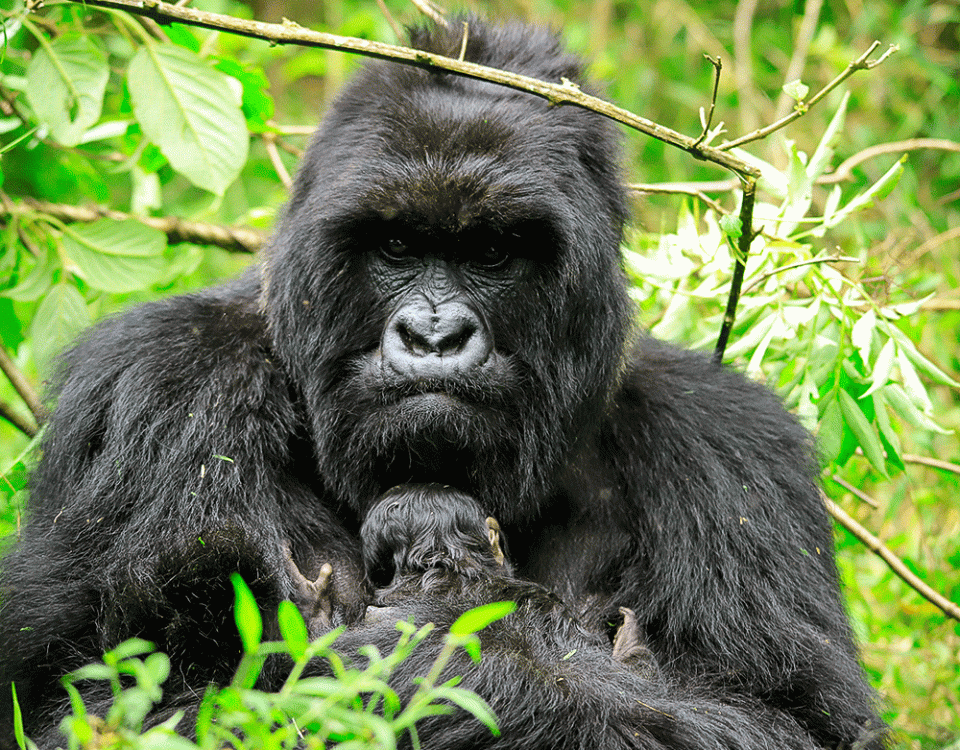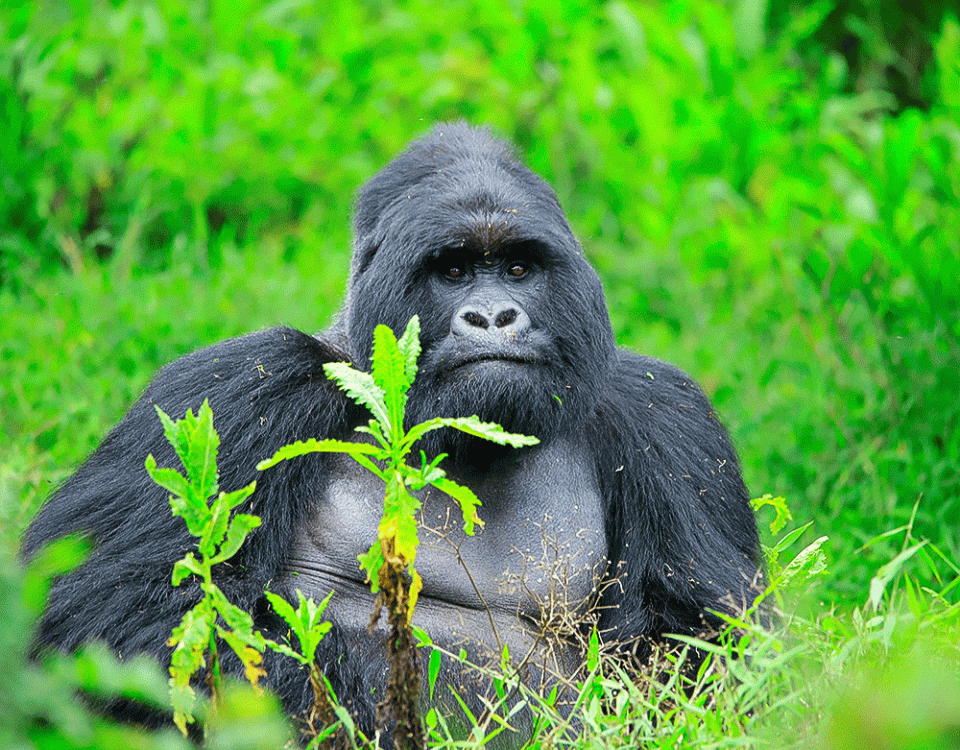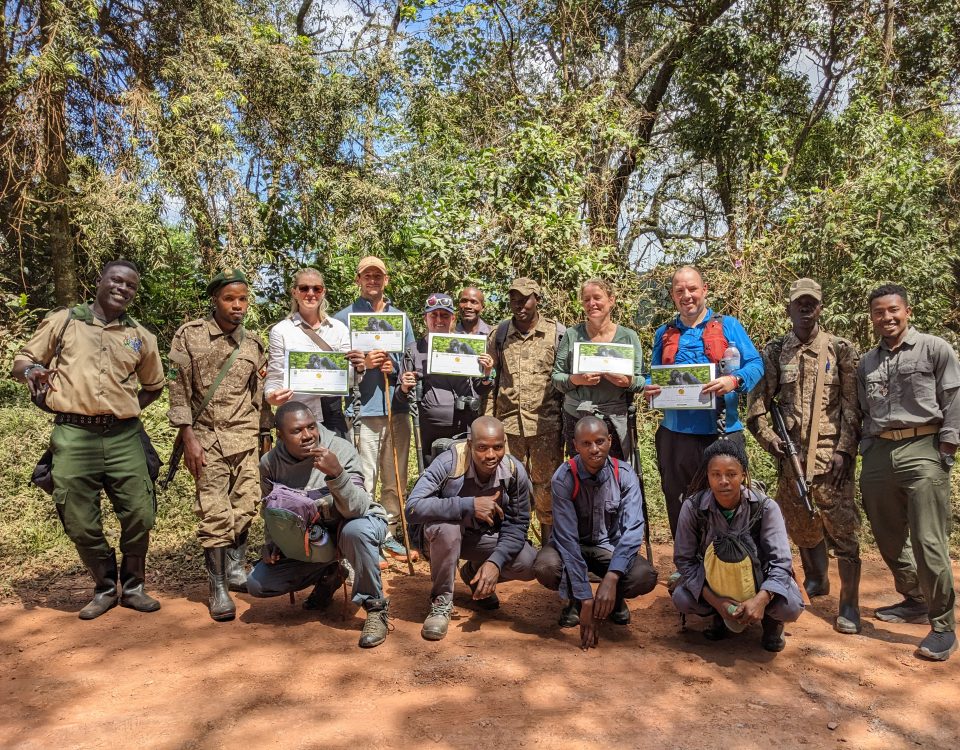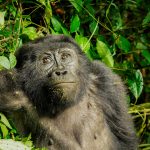
Trekking Gorillas: A Journey into the Heart of the Wild
April 2, 2025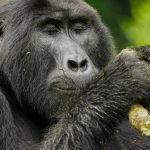
The Ultimate Guide to a Uganda Safari: Exploring the Pearl of Africa
April 2, 2025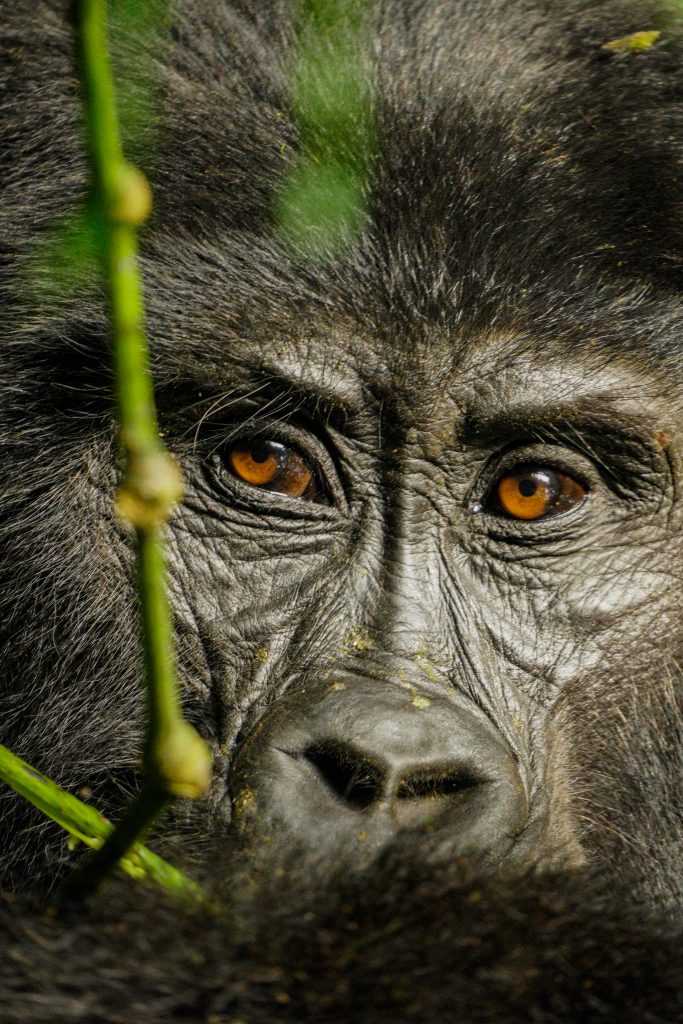
Wildlife Photography Safari in Uganda A Journey into Nature’s Heart
Uganda, often known as the “Pearl of Africa,” is a treasure trove of wildlife, offering photographers the opportunity to capture breathtaking moments in one of the most biodiverse regions on earth. If you are a nature lover or a wildlife photographer, a safari in Uganda should be at the top of your bucket list. From the dense rainforests to the open savannahs, the country’s diverse ecosystems provide the perfect backdrop for unforgettable wildlife photography.
1. Why Uganda is a Photographer’s Paradise
Uganda is home to a wide variety of wildlife, including the famous Mountain Gorillas of Bwindi Impenetrable Forest, elephants in Queen Elizabeth National Park, and countless bird species that fill the skies. The country is also known for its rich cultural history, lush landscapes, and vibrant communities, making it an ideal destination for a photographer seeking to capture more than just animals.
The combination of stunning landscapes and incredible wildlife makes Uganda an exceptional place for photography. Whether you’re aiming for close-up portraits of rare species or expansive shots of wide open spaces, Uganda offers a mix of both. The diversity of habitats, from tropical rainforests to savannah grasslands and wetlands, ensures that you’ll always have something new to photograph.
2. Top Locations for Wildlife Photography
Bwindi Impenetrable Forest (Mountain Gorillas): Bwindi is one of the few places in the world where you can photograph the endangered Mountain Gorillas. The dense forest provides a dramatic backdrop for capturing intimate, powerful shots of these gentle giants. Tracking gorillas is a thrilling experience, and capturing their playful interactions or serene moments can be truly rewarding.
Queen Elizabeth National Park: This iconic park is known for its diverse wildlife, including elephants, lions, buffaloes, and leopards. The park is also famous for its unique “tree-climbing lions” in the Ishasha sector. The park’s landscapes, with its lush savannah, salt lakes, and the majestic Rwenzori Mountains in the distance, provide a rich canvas for landscape and wildlife photography.
Murchison Falls National Park: Murchison Falls offers a stunning setting for wildlife photographers. The dramatic waterfall at the park’s heart provides an awe-inspiring scene, especially when captured alongside the array of animals that roam the park, including giraffes, hippos, crocodiles, and a variety of bird species. The Nile River is also home to large populations of Nile crocodiles, providing opportunities for dynamic action shots.
Kibale National Park (Chimpanzees): Kibale is home to one of the highest densities of primates in Africa, and chimpanzee tracking here is one of Uganda’s must-do activities. Capturing chimpanzees in their natural habitat, as they interact with each other or forage for food, presents exciting challenges for wildlife photographers. The forest’s dense vegetation also adds a layer of mystery to your shots.
Lake Mburo National Park: Known for its unique variety of wildlife, including zebras, impalas, and buffaloes, Lake Mburo is smaller than other parks but offers great opportunities for photography, especially during boat safaris where you can get close-up shots of animals like hippos and crocodiles.
3. Tips for Capturing Stunning Wildlife Photos
Timing is Key: The golden hours—early morning and late afternoon—offer the best light for photography. The soft, diffused light of these times helps you capture animals in their most natural state without the harsh shadows of midday. Many animals are also more active during these cooler parts of the day.
Be Patient and Respectful: Wildlife photography requires patience. Sometimes you might need to wait for hours to get that perfect shot. While photographing animals, always be mindful of their space. Avoid disturbing them and respect park rules. A good wildlife photographer knows that capturing the right moment often means waiting quietly and allowing nature to unfold.
Use the Right Gear: A long lens (200mm or higher) is essential for capturing wildlife from a distance. A fast camera with good autofocus capabilities will help you catch animals in motion. Don’t forget extra memory cards and batteries, as a safari day can be long, and you don’t want to miss the perfect shot due to technical issues.
Focus on the Environment: While close-ups of animals are often the highlight of a wildlife photographer’s portfolio, including the environment in your shots can tell a richer story. Capture the animal in its habitat to show the interplay between species and their surroundings.
Know Your Subject: Understanding animal behavior is crucial to getting the right shots. Whether you’re photographing a predator on the hunt or a peaceful gorilla in the forest, knowing when and how the animal is likely to act will give you the best chance to capture those magical moments.
4. Best Time to Go on Safari in Uganda
Uganda is a year-round destination for wildlife photography, but the best time to go depends on what you want to photograph. The dry season, from June to September and December to February, is considered the best time for game viewing, as animals tend to congregate around water sources, making them easier to spot and photograph.
The wet season (from March to May and October to November) can be trickier for safari photography, as rain can make some roads impassable, and animals might be harder to find. However, this is also when Uganda’s landscapes are at their most lush and green, providing beautiful backdrops for landscape shots.
5. Beyond the Safari: Cultural Photography
While Uganda’s wildlife is the main draw, the country’s vibrant culture and landscapes offer plenty of opportunities for photographers looking to expand their portfolio. Capture the essence of local life by photographing rural villages, bustling markets, or the colorful traditional dances of different ethnic groups. The people of Uganda are incredibly welcoming and love to share their stories and traditions with visitors.
Conclusion
A wildlife photography safari in Uganda offers the opportunity to create unforgettable images, from intimate shots of mountain gorillas to sweeping landscapes filled with wildlife. Whether you’re an amateur photographer looking to improve your skills or a seasoned professional searching for new adventures, Uganda’s incredible wildlife and stunning scenery provide endless opportunities for great shots. So, pack your camera, head to Uganda, and get ready for a safari that will leave you with memories and photographs to last a lifetime!

